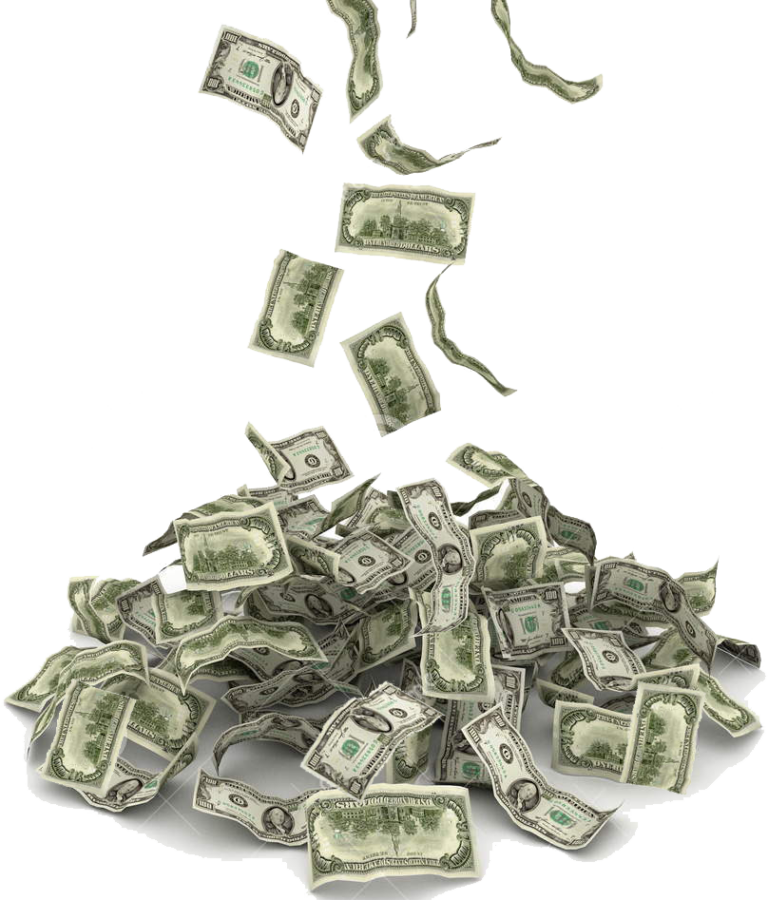(Originally posted 3/21/19)
While self-publishing gives authors the option of more creative control (and a higher cut of royalties) than ever before, it’s not without its downside. Namely: indie authors are responsible for bankrolling the things that a publisher would traditionally pay for. We’re talking about editing costs, design, and marketing. All of these things usually need to be financed before the author sells a single copy.
In this post, we’ll share four tips that authors who self-publish can use to minimize their upfront costs. Take note: this could save you thousands on your next book.
1. Do as much editing as you can by yourself
One of the biggest mistakes we see indie authors make is looking for an editor too early in the process. As in: they hire a developmental editor straight after the first draft — when a lot of the storylines have yet to be resolved and the structure is still looking shaggy. The danger here is that, when faced with your early manuscript, an editor will only advise you on things that you would have figured out by yourself, given enough time.
Similarly, when it comes to hiring a copy editor, many authors don’t do a pass on it themselves to correct spelling and punctuation. Ideally, you want a copyeditor to take your good writing and make it great. If you give them a script riddled with basic errors, an editor will spend the entire time just making your prose functional.
So the key is: revise and edit your manuscript as much as you can by yourself. That way, you don’t end up paying a professional hundreds of dollars that you don’t need to.
2. Search for freelancers with a LOT of experience in your genre
It might sound blindingly obvious, but when you’re looking for book designers or editors, you should search for ones with a lot of experience in your genre. Not only will they better understand your book’s market (and how to develop your project for that market), they’ll often cost less as well. Allow me to explain:
Some authors are drawn to certain editors or designers because they have an impressive resume — or because they really love one of the books they’ve worked on before. But if they aren’t 100% familiar with your genre, they will tend to charge you more. Sounds counterintuitive, but many freelancers rarely turn down jobs outright — they just up their rate. They know it will take them longer to work on this project than with a genre they know inside-out. Often, this is down to additional research which would eat into their work time.
So, when searching for editors and designers, you should prioritize genre experience: that will save you money.
3. Don’t be too prescriptive with your designer
For indie authors, another expensive habit is to have a fixed idea for your cover design. I’ve seen plenty of authors tell their designer what they want to see on the cover: from the shape of the lawn in the background, to the precise size and color of necklace around the title character’s neck. Creating those kinds of details gets expensive — and will almost always result in an ineffective design.
If you’re hiring a professional cover designer, you’re not just paying for some person who knows how to use photoshop: you’re hiring someone with experience and understanding of the market. If you’re writing a paranormal romance, for example, you could (and should) offer up examples of similar books that you like the look of — but avoid telling the designer what to do. Let them present you with a few of their ideas.
If you’re prescriptive with your brief, chances are that the designer will have to create a lot of elements from scratch — which gets very costly. In traditional publishing, most cover designs are created using stock imagery, which the designer will then manipulate into an original design. This is not only a much more cost effective approach, it will almost always result in the most professional-looking product.
4. Format your book for free
In days of yore, typesetting involved someone physically setting metal plates onto a printing press — a time-consuming and highly specialized task. These days, it’s all done digitally, which has reduced the cost significantly. However, I’m here to tell you that in many situations, you don’t even need to get a formatting professional at all.
A book interior designer still has a crucial role to play in self-publishing. If you’re creating a book with a complex layout or is graphics-heavy (think cook book or something with a lot of graphs), then you’d be wise to seek out a professional to handle your formatting. However, if your project is mainly text-based, like a novel or memoir, then there are plenty of online tools that will let you format your book for ebook and print. We don’t want to come across as too biased, but Reedsy has one such tool…
By choosing your freelance professionals carefully, self-editing your manuscript as much as possible, giving your designer a bit of creative freedom, and formatting your book for free, you could save thousands the next time you come to self-publishing your book. Thousands that you can now put towards marketing the damn thing (but that’s another post for another time).
***
Martin Cavannagh is a writer and a member of the team at Reedsy, an online marketplace connecting authors with the industry’s best editors, designers, and book marketers.
